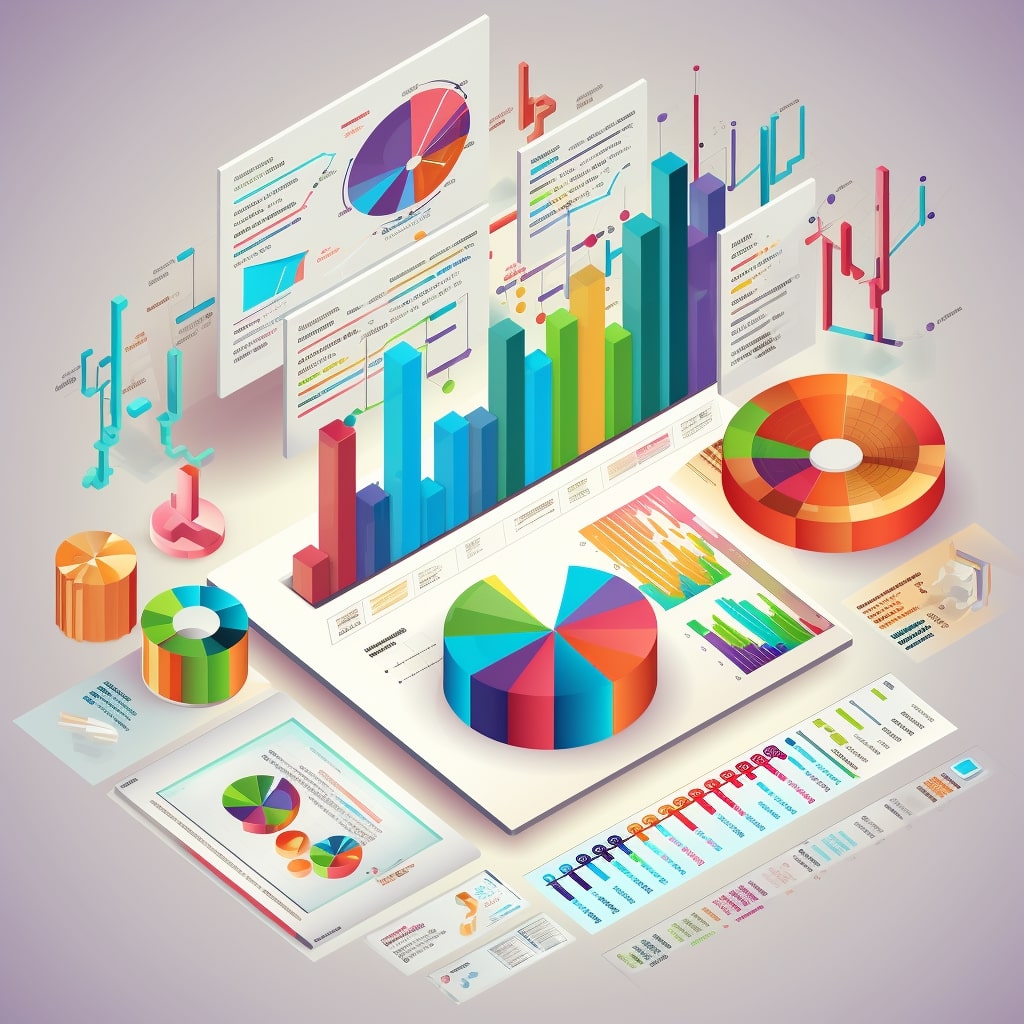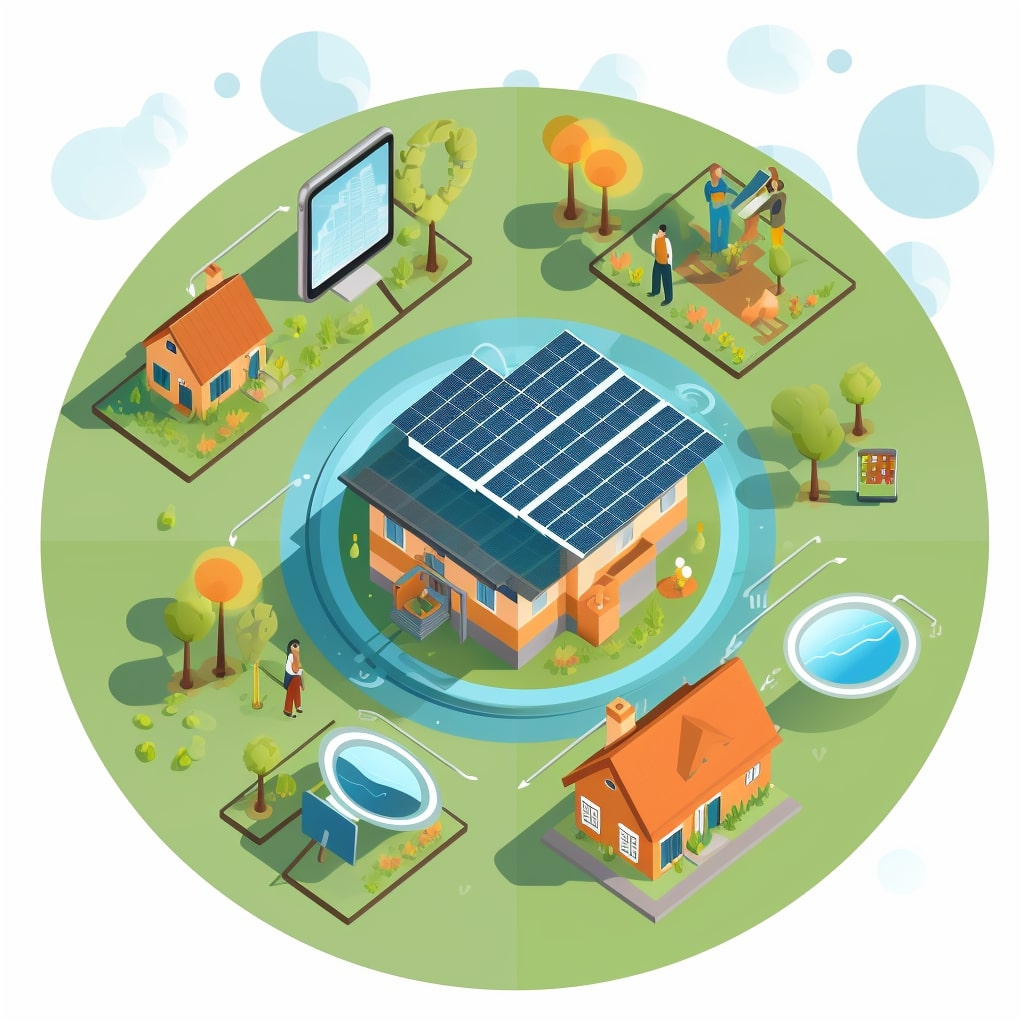Web Technologies 2023: What’s New and What’s Next

The digital landscape is ever-evolving, with each year bringing forth new technologies, tools, and trends that redefine the way we interact with the web. As we navigate through 2023, let’s explore the latest advancements in web technologies and get a glimpse of what the future holds.
Introduction
The world of web technologies is dynamic, with innovations continually pushing the boundaries of what’s possible. From enhanced user experiences to groundbreaking development frameworks, 2023 has been a year of significant strides. Here’s a deep dive into the most notable trends and predictions.
1. Progressive Web Apps (PWAs)
PWAs continue to gain traction, blurring the lines between web and mobile apps. Offering offline capabilities, push notifications, and a native app-like feel, PWAs are redefining user expectations and experiences on the web.
2. WebAssembly (Wasm)
WebAssembly has emerged as a game-changer, allowing developers to run high-performance applications directly in the browser. With its ability to execute code faster than JavaScript, Wasm is paving the way for more complex and powerful web applications.
3. Serverless Architectures
Serverless computing continues to rise in popularity, enabling developers to build and run applications without managing server infrastructure. This approach ensures scalability, reduces overhead costs, and accelerates deployment times.
4. Single Page Applications (SPAs)
SPAs, which load a single HTML page and dynamically update content, offer smoother user experiences with faster page transitions. Frameworks like React and Vue.js are at the forefront of this trend, empowering developers to create seamless web applications.
5. Motion UI
Motion UI is breathing life into web designs. With sophisticated animations, transitions, and graphics, websites are becoming more interactive and engaging, capturing users’ attention and enhancing user retention.
6. Augmented Reality (AR) on the Web
Web-based AR experiences are becoming more mainstream, allowing users to interact with 3D objects and immersive environments directly through their browsers. This integration is revolutionizing e-commerce, education, and entertainment sectors.
7. API-First Development
With the rise of microservices and the need for interconnected applications, API-first development has become a standard. This approach ensures seamless integration between different software components, fostering a cohesive digital ecosystem.
Conclusion
As we journey through 2023, the realm of web technologies continues to expand, offering unprecedented opportunities and challenges. By staying abreast of the latest trends and innovations, developers and businesses can harness the power of the web, creating experiences that resonate with users and stand out in the digital age.





